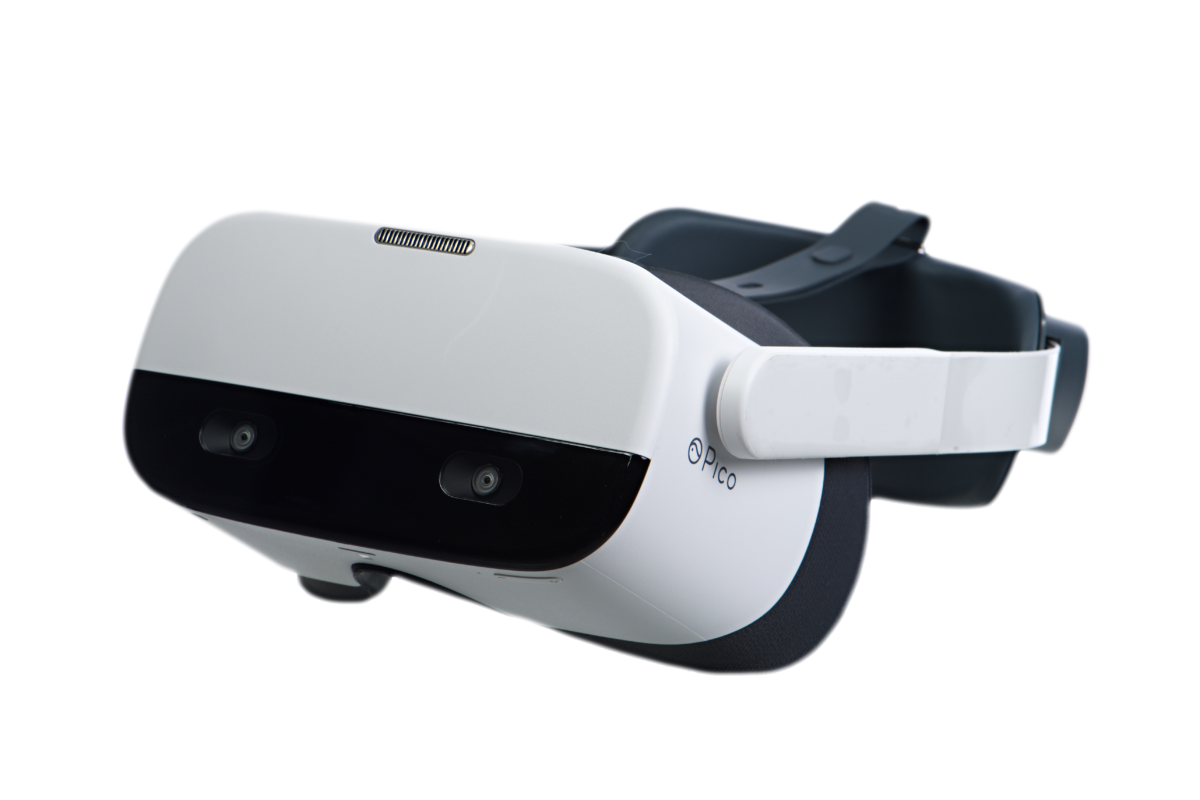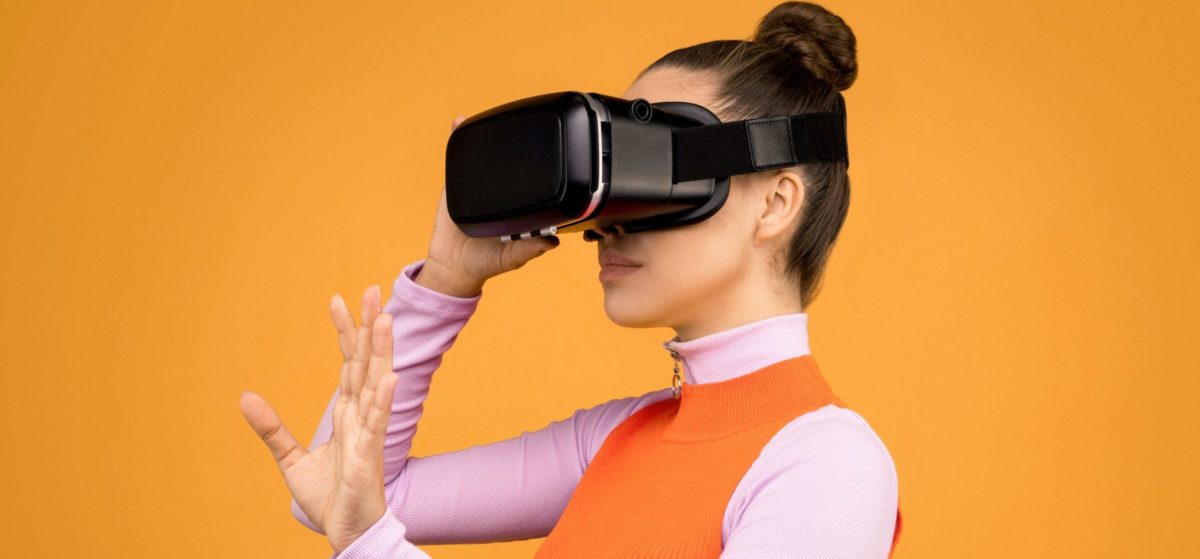Job candidates won’t be ending their interviews with physical handshakes in the near future, but that doesn’t mean there are no jobs to be done. As the COVID-19 pandemic grinds on, organizations are struggling with hiring and training new employees.
COVID has complicated just about everything for businesses, from their understanding of the macro-economic picture, to creating the need for sometimes entirely remote work models. Unsurprisingly, with so much unknown about the future, many companies have all but halted their hiring process.
Obviously, that’s not good for…well, anybody. But there is good news: companies aren’t without options, (and, indeed, good ones) going forward. Once more, technology is providing innovative new ways to doing “old things”, this time in the form of XR-based safety and skills training.
(For those new to the concept, “XR” is short for “extended reality”, which encompasses three different but similar technologies: virtual reality (VR), augmented reality (AR), and mixed reality (MR).)
Using XR for staff training and recruitment is a trend that promises to become a convention in the years to come, owing to its versatility, cost-effectiveness, and overall efficacy. We’ll explain how numerous businesses are adopting this technology to keep moving at a moment when it’s tempting to stand still and watch with amazement how fast the world can change.
Using XR for Recruiting and Assessment
The American and global workforce is increasingly becoming more remote. Estimates state that 1 in 4 Americans will work remotely this year, with 36.2 million working primarily from home by 2025.
Because workers are now spread farther apart than ever, companies are finding XR an ideal solution to the problem of spatial limitation. After all, in XR, “matter doesn’t matter”, enabling real, flesh-and-blood trainees and employees to interact just as they would in real life — but in an entirely safe, COVID-free, simulated environment.
This new remote work model also means businesses now have greater access to a larger talent pool than before, when their options might have been limited by geography before. Naturally, that door swings both ways, giving employees more employment options than ever.
Innovative companies are jumping on this opportunity to use XR to find new ways to recruit and assess potential hires.
Jaguar’s Mixed Reality App for Recruitment
Needing to fill 5,000 new engineering positions, Jaguar Land Rover creatively partnered with the electronic band Gorillaz to recruit engineers through its mixed reality app.
In the app, prospective employees solved puzzles, such as rebuilding the I-Pace concept vehicle and playing a code-breaking game. Over 41,000 people participated in the games, and while it didn’t completely fill their employment gap by itself, it did help lead to promising new hires and promote their brand as a forward-thinking, solutions-oriented one, around the world.
Actiview Uses VR Headsets to Test Potential New Hires
Actiview, an Israeli-based VR company, developed software that uses AI and a VR headset to assess potential candidates, while largely eliminating human biases in the hiring process.
Candidates put on a VR headset to complete the games and assignments, while tracking devices use AI and machine learning to monitor their eye movement, facial expressions, and other nonverbal cues to rate and assess the candidate’s hiring potential.
Using current employees as models, the software can be developed to determine how likely a potential candidate is to fit into the current work environment.
Walmart Uses VR For Assessing Potential Managers
The country’s largest employer, Walmart, began using VR training for skill management assessment.
Employees are placed in training modules meant to test and assess leadership skills such as emotional intelligence, department knowledge, and decision-making ability. Modules range from helping customers find specific items in the store, to dealing with hectic Black Friday simulations.
Hiring directors use the module’s results in addition to other considerations to determine whether an employee is cut out for management.
Using VR For Interviewing Remotely
Not only will it be more common to work from home, it will also become more common to interview from home as well.
Currently, several companies have shifted toward using teleconferencing tools like Zoom and Skype to interview new hires. However, low quality audio, hiccupy interactions, and spotty internet service often create a subpar interviewing process.
Imagine instead you could put on a VR headset and meet with your interviewer in a shared space. Using a hand controller, you can navigate through the company’s office, and at the end of the interview, shake your interviewer’s hand, (well, at least virtually.)
This isn’t tomorrow’s science fiction, it’s today’s reality. As VR headsets continue to go down in price, VR will become more accessible and common in the workplace environment. Interviewing virtually and working remotely in shared spaces will become the norm.
Using MR To Train New Employees Remotely
Government mandated shutdowns have forced many people to work from home. But there are essential workers, such as those working in construction, utilities, and public safety, who still work in the field and require safety training.
With restrictions put in place, these employees are discouraged from working too closely or packing too many people in the same space, making group-training even more difficult than it once was.
Using multi-user functionality in MR training, employees can bypass these mandates and meet in shared virtual workspaces to train together.
These multi-user training modules promote teamwork, lower training costs, decrease risk of injury, and cause better comprehension and retention rates than traditional training.
How MR Content Management Systems Can Help Companies Pivot
More companies than ever before are working and training their workforce remotely using XR technologies.
However, In order to scale virtual training efficiently, organizations will need a content management system (CMS) to access, distribute, and manage all VR, AR, and MR content to their workforce.
PIXO Apex is a cloud-based content management system that allows administrators to easily customize and distribute XR content from anywhere in the world using our cloud-based app.
Our joint-VR, AR, and MR platform is essential in deploying, using, and scaling immersive content to thousands of VR headsets and end users.
Using the PIXO platform, company administrators have the ability to create user profiles for employees, distribute training modules, grant and revoke permissions, automatically update software, and view session data on your employees’ training module results.
Using PIXO’s Hub app, end users can instantly download and train with VR, AR, and MR content directly on a wide variety of best-selling VR headsets, from HTC Vive Pro to Oculus Quest 2, allowing for a seamless transfer of training content from the administrator to the employee.

PIXO Has Improved VR Management to One Easy Step

